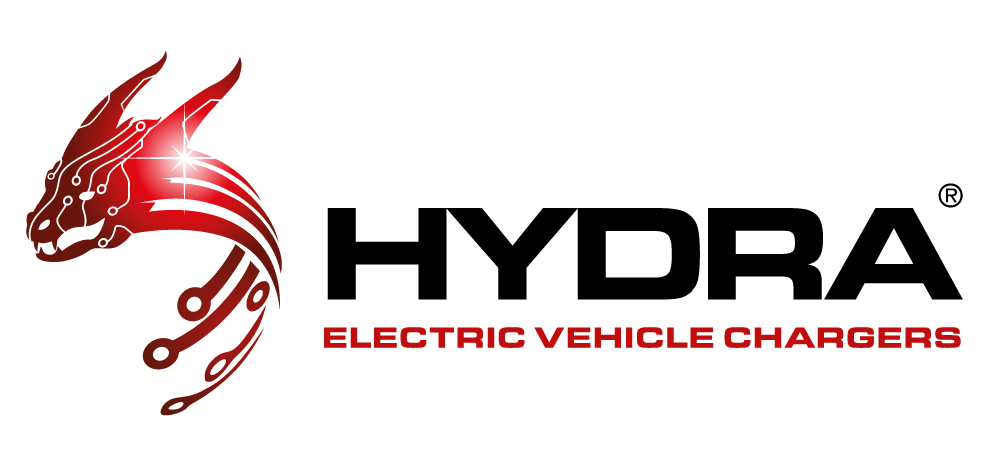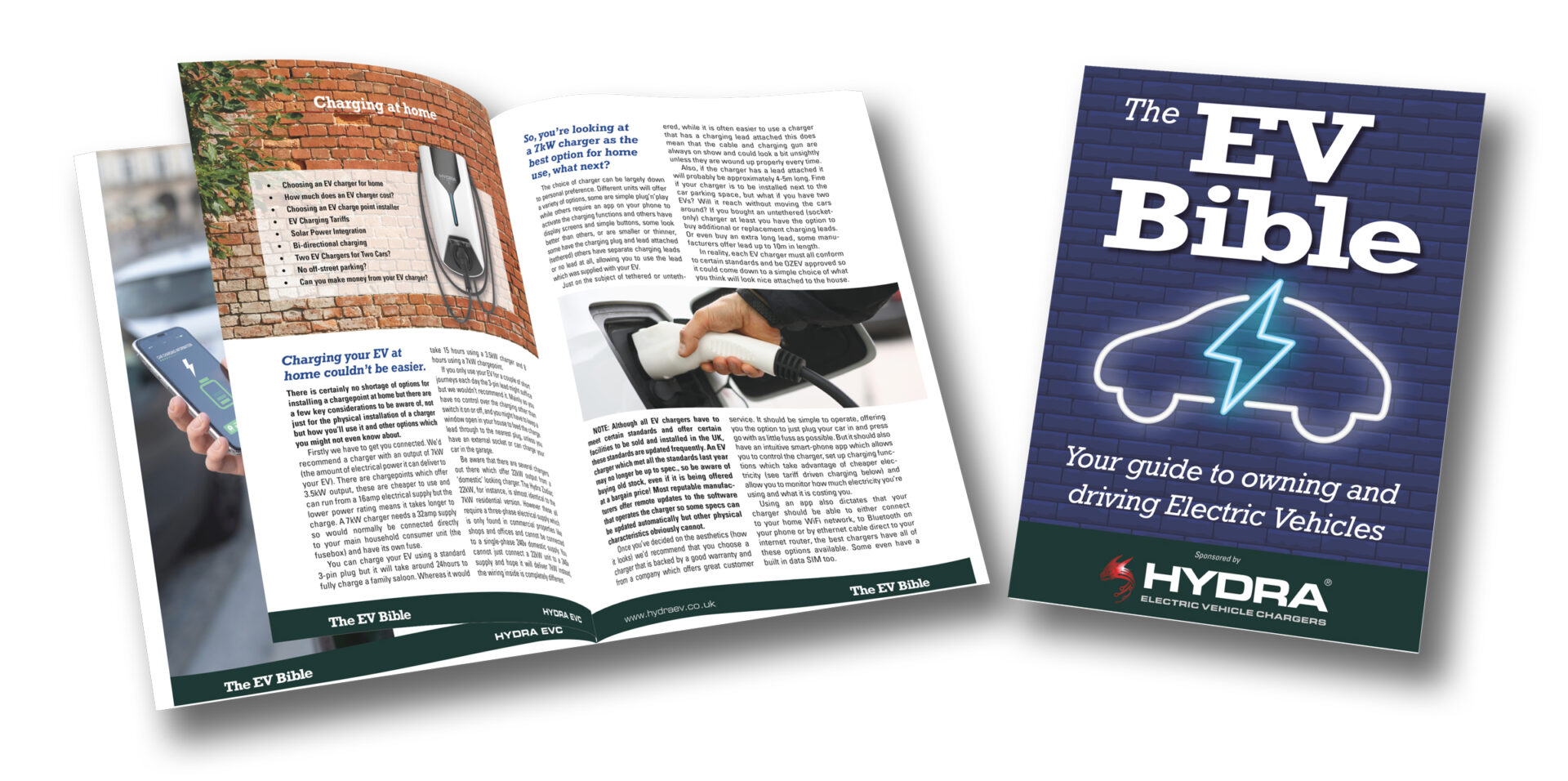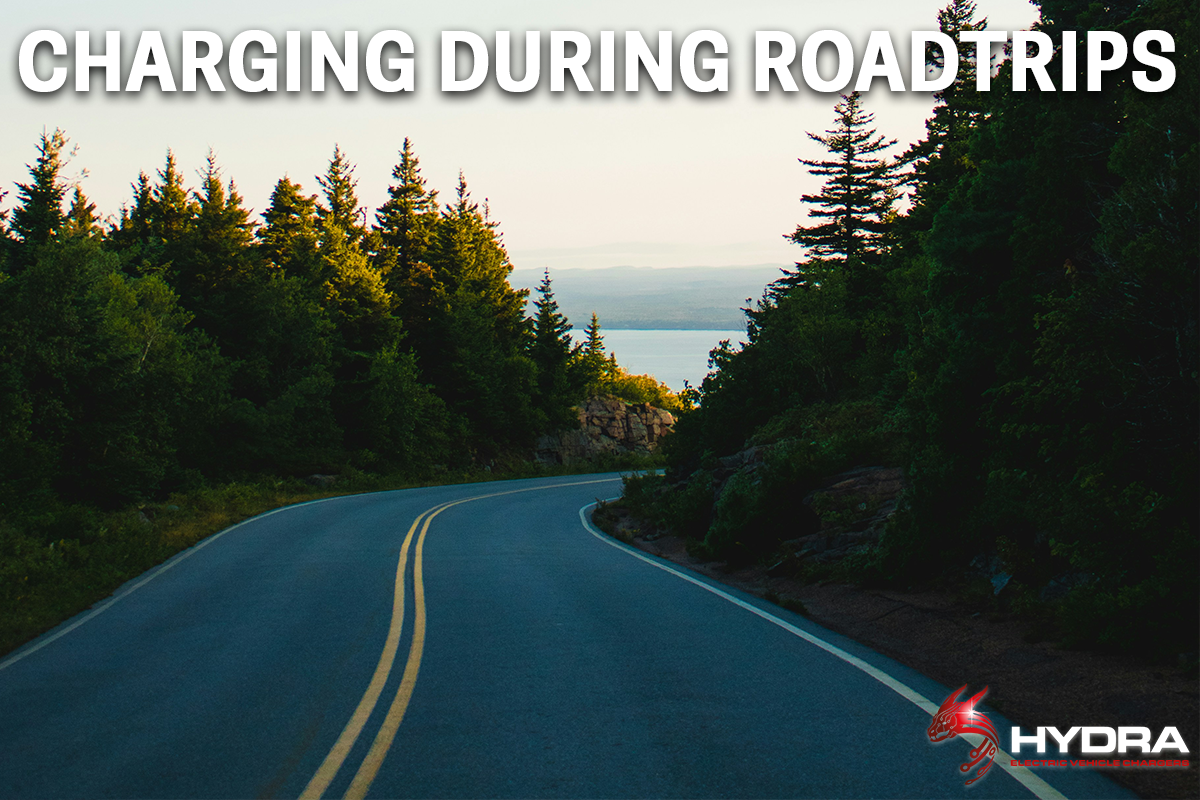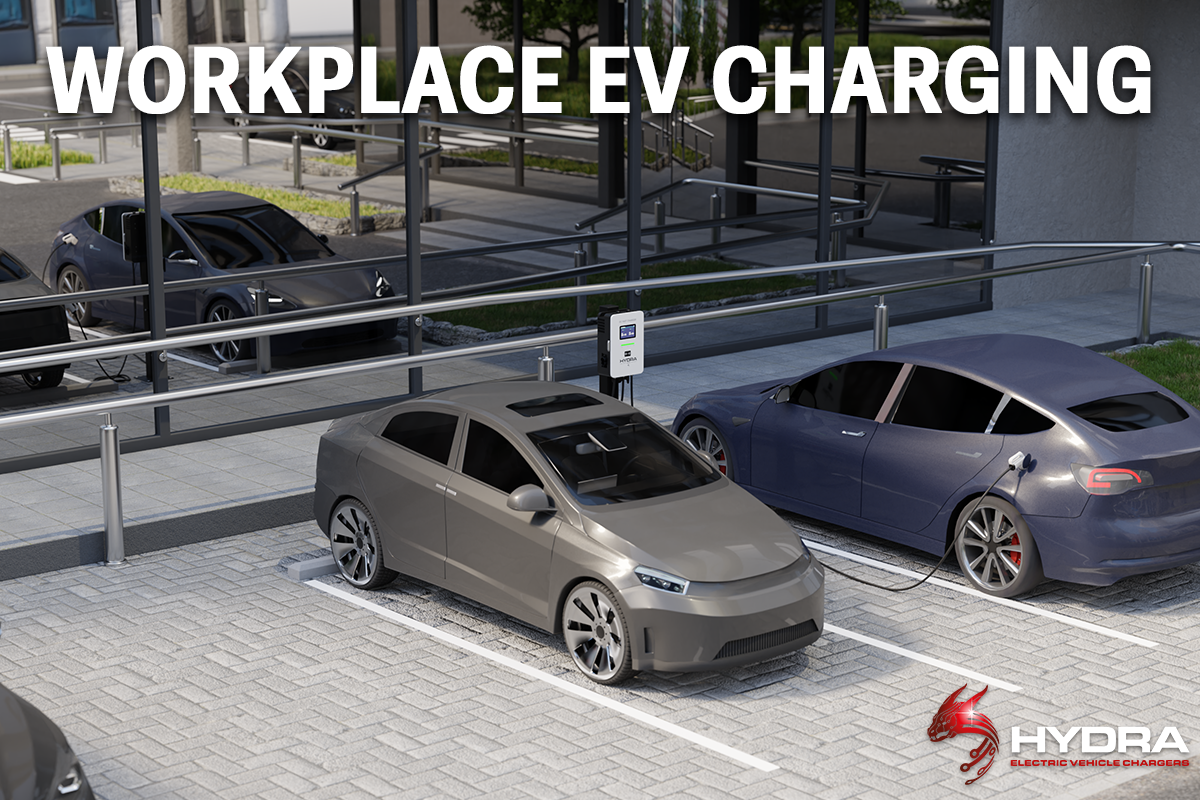If you are new to the world of EVs it can often be confusing trying to work out how long it will actually take to charge an electric vehicle. It is no surprise that higher powered chargepoints can charge the battery faster than a home charger but there are limitations.
The table below gives a broad guide to the various charging times using a range of chargepoints. But there are a few important points to make, see notes below the chart.
EXAMPLE: A Renault Zoe has a range of 191miles with a 52kW battery. It would take approx 7hr 45min to recharge from 20% up to 80% using a standard 7kW home charger. But the Zoe has an onboard 22kW charger so this time can be reduced to 3hr 00min if connected to a 22kW AC chargepoint. However, the Zoe is also limited to 56kW DC Rapid Charging so the fastest time you could ever recharge is 56min.
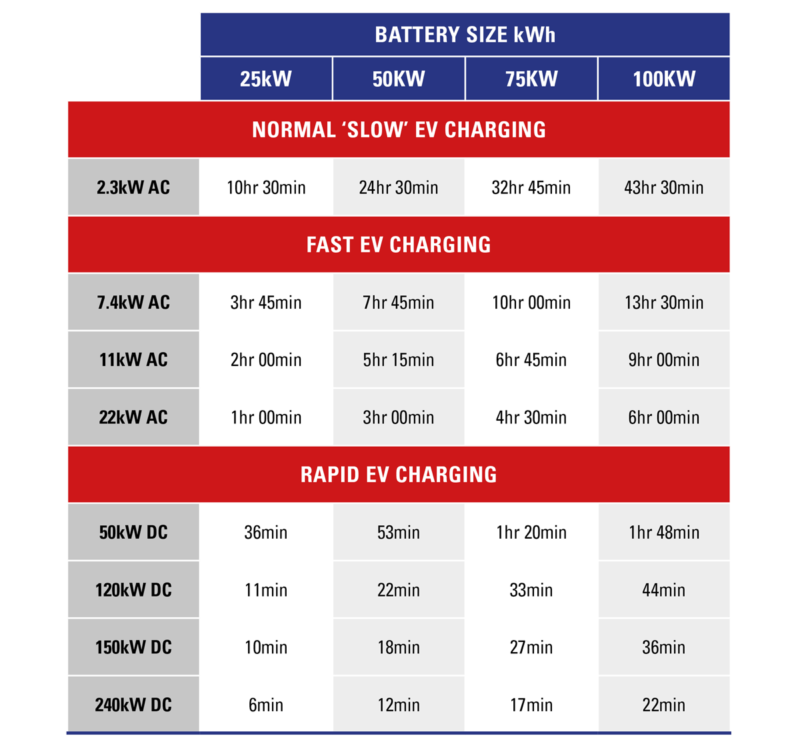
- Using an AC chargepoint is different to DC as your car has to convert the AC supply to DC to top up the battery. This is handled by the onboard charger in your car, many of which are limited to 7kW or 11kW. So even if you connect to a 22kW AC chargepoint your car can only draw what your onboard charger can take, which could be 7kW.
- When you attach to a DC charger the power is directed straight to the battery, bypassing the onboard charger so you are no longer limited by that component. However, not all EVs can handle the ultra-rapid chargers above 120kW so, again, the charging power will be limited to what your EV can handle. (You should be made aware of these details by the car salesman, if not you can find them in the handbook or online)
- Even if a chargepoint is technically able to output 120kW the configuration of the local site might limit this figure. For instance, if there are four chargers all in use at the same time the power delivered by each may be lower than 120kW due to a feature called Load Balancing. (this is not something you will know in advance, it may just be pot luck)
- Another element of ‘Load Balancing’ at some sites is that power will be prioritised to connected vehicles with the lowest percentage charge, so once you get to 80% the power may be reduced and directed to other EVs with a lower percentage
